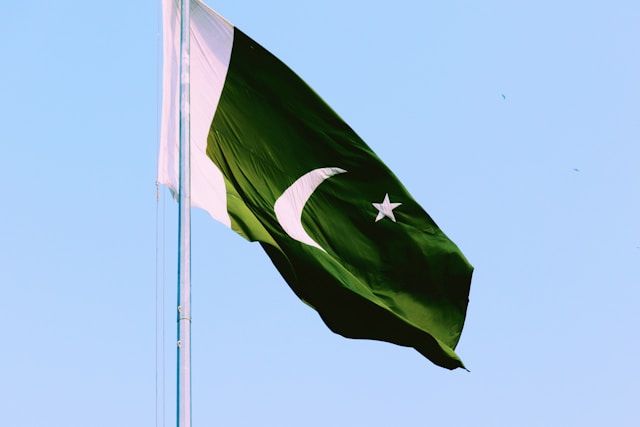Smog levels soar in Pakistan’s second-largest city, reaching a hazardous 1,300 AQI, triggering health alarms
Lahore, Pakistan’s second-largest city, has reached a new record for air pollution, as smog levels surged to 1,300 on the Air Quality Index (AQI), making it the worst in the world on November 14, 2024. This alarming figure was recorded by sensors from IQAir, a Swiss monitoring system, which tracks air quality globally.
An AQI of 1,300 is a staggering departure from the safe threshold of 50, with levels above 300 considered hazardous to health. The pollution is primarily attributed to vehicular emissions, industrial discharges, burning of crops, and construction dust. The dense smog has significantly reduced visibility, and residents are urged to stay indoors.
The worsening air quality is not just a local concern but also part of a larger crisis facing many cities in the Indian subcontinent. Lahore, known for its vibrant culture and historic landmarks, has long been battling air pollution, but the current levels have raised serious health concerns. The city’s overpopulation, coupled with its rapid urbanisation, has exacerbated the situation.
Embed from Getty ImagesThe health implications of such extreme air pollution are dire. Exposure to AQI levels as high as 1,300 can lead to severe respiratory problems, including asthma, bronchitis, and even heart attacks, especially for children, the elderly, and individuals with pre-existing conditions. Hospitals in Lahore are bracing for a rise in pollution-related health cases, with doctors urging the public to wear N95 masks and avoid outdoor activities.
Local authorities have issued warnings, encouraging people to stay indoors, especially during the evening and early morning hours when smog levels tend to peak. However, the government’s efforts to combat air pollution have faced obstacles, including inadequate infrastructure and limited enforcement of environmental regulations.
The situation is further compounded by climate change and seasonal weather patterns, with the winter months bringing cooler temperatures and stagnant air that trap pollutants close to the ground, making the smog even more unbearable. In recent years, Lahore has consistently ranked among the world’s most polluted cities, with similar episodes of dangerous air quality.
While some steps have been taken, such as the introduction of electric buses and cleaner technologies, experts argue that more comprehensive action is needed to tackle the root causes of the pollution, including curbing crop burning and improving public transportation systems. Without sustained efforts, Lahore’s residents will continue to face the health and environmental challenges posed by one of the world’s worst air pollution crises.
